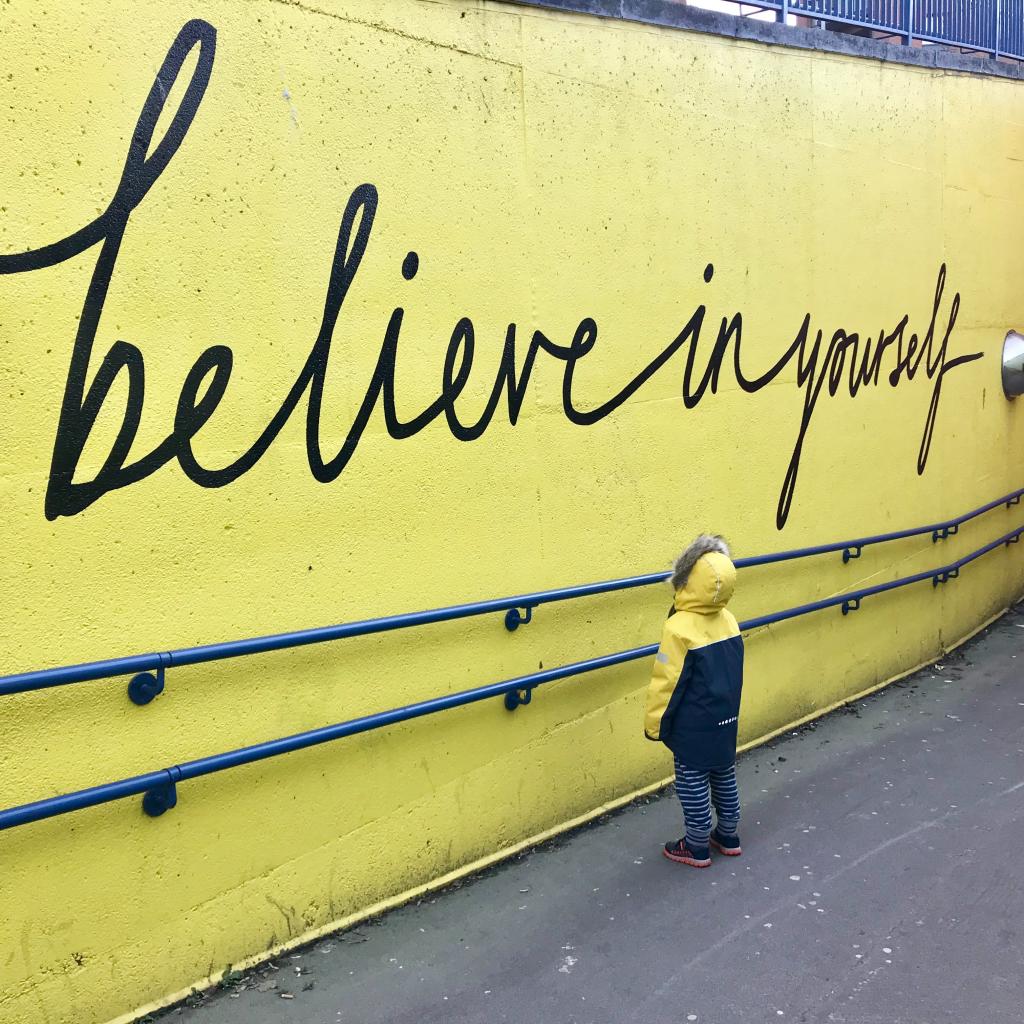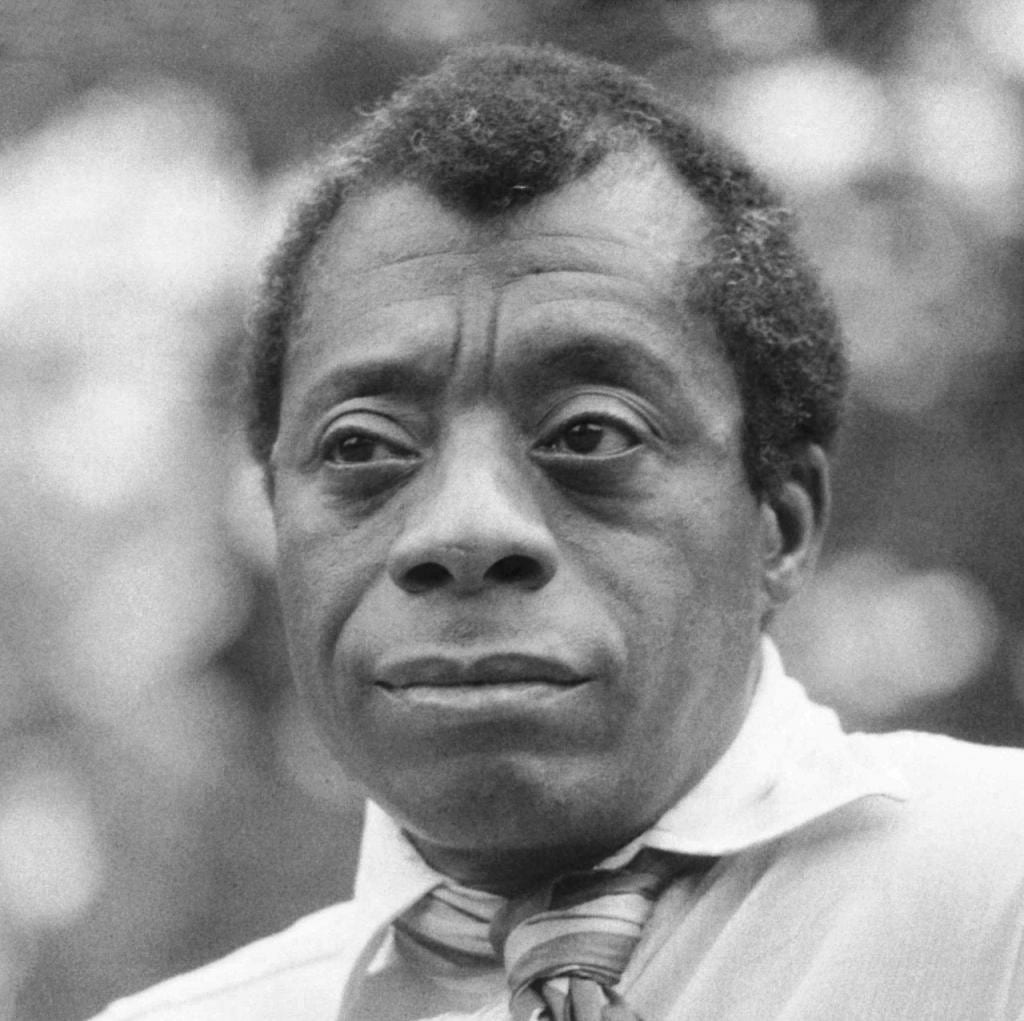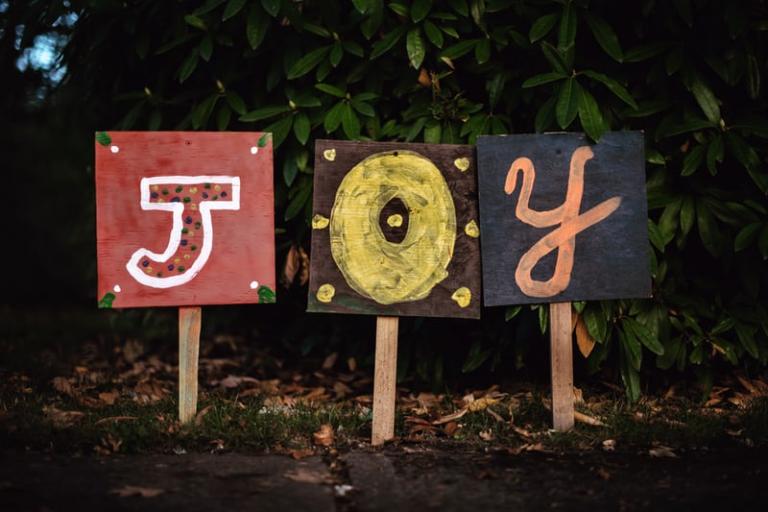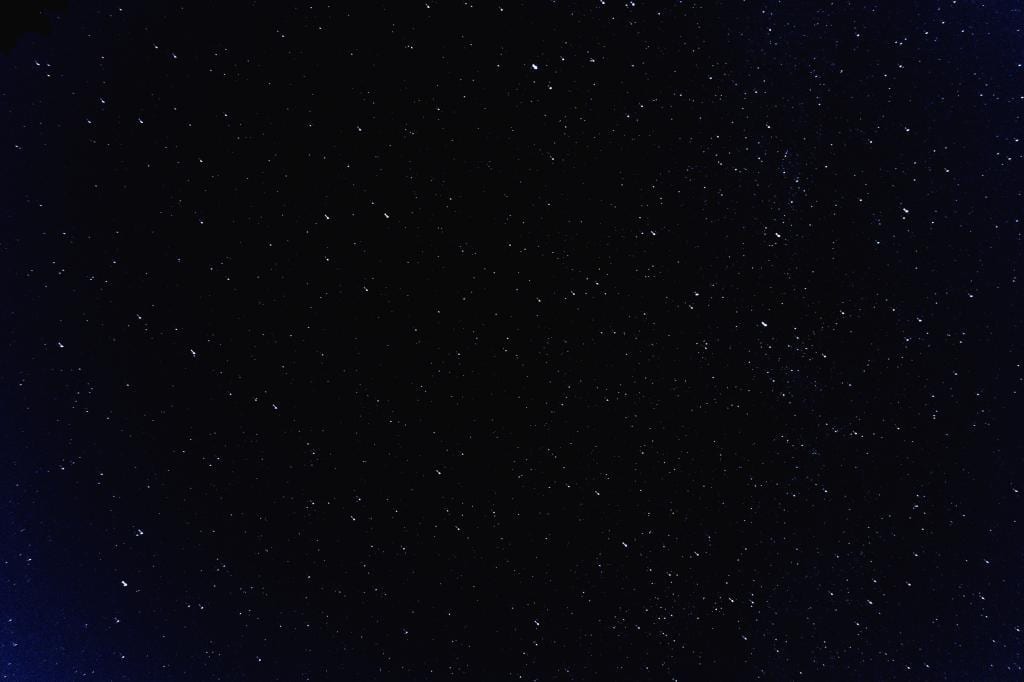The Presidential candidate, self-help celebrity Marianne Williamson is a mystic and activist. Many Americans are just now learning who she is—she became the most googled candidate after the previous Democratic debate—but she is a longstanding fixture on the New Age spirituality scene, enjoying decades-long support from Oprah Winfrey, for one.
I am inspired by her work and by her presence in the debates–and yet I have critical questions about her spiritual background. I’ll start with the good, and then do a deep dive into the more complicated.
She is a mystic because her rise to fame draws from the 1970s New York spiritual phenomenon Course in Miracles. This is, the New York Times explains, a 1,300 page book of spiritual teachings from a Manhattan doctor purportedly dictated by Jesus. I haven’t read the book, but Marianne Williamson’s A Return to Love, her breakout bestseller based on the Course’s principles, has introduced me to the basics.
Love and fear are locked in opposition, in Williamson’s view. Love is our ultimate identity, “the essential existential fact,” (Page xx, Introduction) but fear separates us from love. When we “return to love,” she says, we find our place in the universe.
Williamson’s focus on love, and the title of her new book The Politics of Love, make her the anti-Trump candidate in a showdown of love and fear. As she put it in the first Democratic debate, “[Donald Trump] has reached into the American psyche and he has harnessed fear for political purposes.” Then she looked into the camera and spoke directly to Trump, “So Mr. President, if you’re listening…only love can cast out [fear]. I’m going to harness love for political purposes. I will meet you on that field, and sir, love will win.”
Williamson’s spiritual sensibility makes her capable of seeing and naming the moral, spiritual crisis we are in America. It’s refreshing to hear that happening on the Presidential debate stage, even as it is alarming that, as The Intercept writes, few other Democrats are addressing root causes of injustice in this way. Williamson understands that the collective crisis we are in is a collective soul crisis, too. A choice about who Americans are and will be, between love and fear.
Trump campaigns on fear, especially of the other, and many in my country are already gripping ourselves for what is sure to be another race-baiting, hate-spewing election bid. For Trump and followers, fear is stoked to create a conflict between white Americans and people of color, immigrants, LGBTQ+ people, disabled people, people of Arab descent. It’s terrifying, leads to violence—and it works.
Using demonization and scapegoating as rhetorical tools, Trump’s first presidential campaign generated a force of (false) unity based on hatred. And it got him elected, because these currents have existed in America as long as America has existed. The soul reality of what Trump reached into, accessed and set loose is a modern manifestation of the Bible’s language of the “demonic,” however much it makes liberal Christians uncomfortable. One (conservative) Christian pastor in Florida, The Washington Post reported, took his daughter to a Trump rally, thinking it would be a good civics educational experience, and said as much: “demonic activity was palpable.”
In this moment of collective soul reckoning, the oppressions and demons of the past are haunting the present. Who would have thought a person who defends white nationalists would be the American President in 2019? But in our time, the age of mass incarceration has continued the long held original “sin” of racism, with the rate of imprisonment growing an unthinkable 500% in 40 years, affecting 1 in three black men.
Clearly, the soul of America is trying to say something, and Marianne Williamson seems to be one of the few who are listening: either people will acknowledge, enact just policies, and seek healing from those horrific parts of American history set in motion by colonization and slavery, or people will double down in denial, tolerance of hatred and violence, and perpetuation of yet more injustice.
Hence, the power of Williamson’s words in the second debate in her forceful defense of reparations for slavery, and her naming of the current spiritual reality as a “dark psychic force.” She said, “If you think any of this wonkiness is going to deal with the dark psychic force of the collectivized hatred that this President is bringing up in this country, then I’m afraid the Democrats are going to see some very dark days.”
There is a spiritual battle taking place, between decency and hatred, truth and lies, inclusion and fear, justice and oppression. Williamson is unique because she understands this.
Where Marianne Williamson starts to worry me is in her spiritual framework undergirded by the Course in Miracles.
I’d like to dig in, then, to some of her beliefs, their historical roots and metaphysical underpinnings. Doing this not only helps understand some of her questionable comments about vaccines and anti-depressants, but also helps situate her in the larger field of American spirituality—and now politics.
The Course in Miracles, and Marianne Williamson’s rise as a self-help guru can be located in a broader stream of American spirituality called, especially in the 19th century, “New Thought” or what today we might know as “spirituality of positive thinking.”

From Emerson onwards, American spiritual thinkers—usually who distanced themselves from dogmatic, institutional religion—praised the power of the individual because of her inherent potential, precisely through an inward connection to a much broader divine unity. Emerson called this unity, which is available to all people: the “Over-Soul, within which every man’s particular being is contained and made one with the other.” Much of what Emerson wrote, in my opinion, has many parallels with Christian mysticism, the tradition where I most hang my heart. (The Italian saint mystic Catherine of Genoa claiming, “My deepest me is God!” and countless other examples).
And yet, proclaiming unity and positivity—which Emerson did, overturning the New England Puritan sin and redemption emphasis—can easily morph into denial of suffering and injustice.
There’s a genealogical line to be traced from Emerson’s mystical vision to the self-improvement movement, a uniquely American, individualistic, entrepreneurial tidal wave of influential speakers, writers, mystics and healers. (See, for example, this book). These have ranged from Dale Carnegie’s How to Win Friends and Influence People, to self-help writer Wayne Dwyer’s advice on realizing all of one’s desires, to the global phenomenon The Secret, to Joel Osteen’s Your Best Life Now, to Deepak Chopra’s Affluence—The A-Z Steps to a Richer Life to, you guessed it, Marianne Williamson.
The Unity is our ultimate reality, Williamson’s view teaches. Our human minds are connected to the Divine, and our ability to align ourselves with the Divine Mind is the key to happiness. The Course in Miracles, Williamson tells us, is a “mind training in the relinquishment of a thought system based on fear, and acceptance of a thought system based on love.” By the way, it’s worth mentioning that Williamson once pastored a “Unity” mega-church near Detroit, Michigan, which is a network of New Thought churches started in the late 19th century inspired by the writings of Emerson, among numerous others.
So far, I’m with her. I have plenty of fear-based thoughts that I’d very much like to relinquish and trade in for love. The small self, or ego-self is the separated self from love; when I step into the larger field of love, I identify with my whole, true self.
Williamson—and New Thought practitioners—however, take it a step further. Everything other than love is an illusion, she writes, which includes illness, disease and poverty: “The effects of lovelessness are only happening within the ego’s hallucination.” (Return to Love page 37). To return to love is to step into the realm of miracles—the realm where healing, including healing of the body, can take place: “If the mind can heal the body, but the body cannot heal the mind, then the mind must be stronger than the body.” (A Return to Love, page 228).
The subtle problem here is the relationship between spirit and matter. Williamson comes from a metaphysical tradition that assumes “spirit is more real than matter,” Harvard Divinity School professor Dan McKanan says in this illuminating episode of the Open Source podcast. Imagining new possibilities through the mind’s creative, divine power, in Williamson’s perspective, leads to actual new possibilities in the material world. Such a belief allows for Williamson to articulate new political possibilities for social justice, but also the possibilities of physical healing from illness (hence her anti-vaccination and mental health comments), and improvement of one’s own material life.
My gentle critique is a nuanced one, and perhaps this post will help me interact with people who have been impacted by the Course in Miracles positively. [Open call for thoughtful submissions – see the “About” page at Ordinary Mystic]. She is injecting a level of soulful depth on a national stage that has been sorely needed, and I am genuinely appreciative that she is running.
And yet, I sense a metaphysical conflict in Williamson’s social justice beliefs and her self-help, Course in Miracles spirituality. The mind is powerful, and I agree with her that it contains manifold creative possibilities. On the one hand, she seems attuned—especially in her new book A Politics of Love—to those systemic forces, such as fossil fuel corporations, that are not operating out of love for people or the planet. But on the other hand, the spirit over matter standpoint from which she comes has often had the effect of minimizing suffering and pain in damaging ways and even worse, placing the burden on individuals for their personal growth and transformation.
Is it the poor person’s fault for being poor? The traumatized person’s fault for not having healed rapidly enough? The depressed person’s responsibility to lift himself out of his depression by his positive bootstraps? Is the cancer patient’s death a failure to visualize positivity? Williamson would certainly say an emphatic “No” to these questions, but her spiritual framework can easily be interpreted otherwise. Williamson may represent a progressive evolution of New Thought, but the vestiges are still there. How does she reconcile the fact that the mind and spirit over matter perspective can be so abused?
I’m a firm believer in each individual’s capacity to choose love or fear. Combined with Williamson’s critique of systemic injustice, this is a powerful recipe for change. I even believe—warily, rarely—in miraculous physical healing. The universe is stranger and more full of love than we think. But perhaps one moral indicator, as Christopher Lydon asks at the end of his Open Source episode, is how might activist leader William Barber—who also uses language of a revolution of love, but instead places poor people at the center of his movement—respond to Marianne Williamson, or how might Williamson participate in the Poor People’s Campaign?
Williamson really is the anti-Trump candidate. By that, I mean that she is a positive mirror for Trump’s negative fear and hatred. But there’s more similarity than meets the eye: Trump’s family crossed paths with a related, New Thought, positive-thinking figure—that of Norman Vincent Peal. As this Politico article shows, Vincent Peale’s 1952 bestseller The Power of Positive Thinking impacted the Trump family, and the Trump’s attended Vincent Peale’s church in Manhattan when Donald was a boy. Young Donald Trump was shown that boundless self-confidence regardless of talent or truth leads to success.
The real measure of Williamson’s political impact, Dan McKanan suggests, might be if Marianne Williamson can help nurture a grassroots movement for equality, justice, and love that is not centered around her celebrity figure. But then again, that’s what Bernie Sanders and Elizabeth Warren are already doing.











